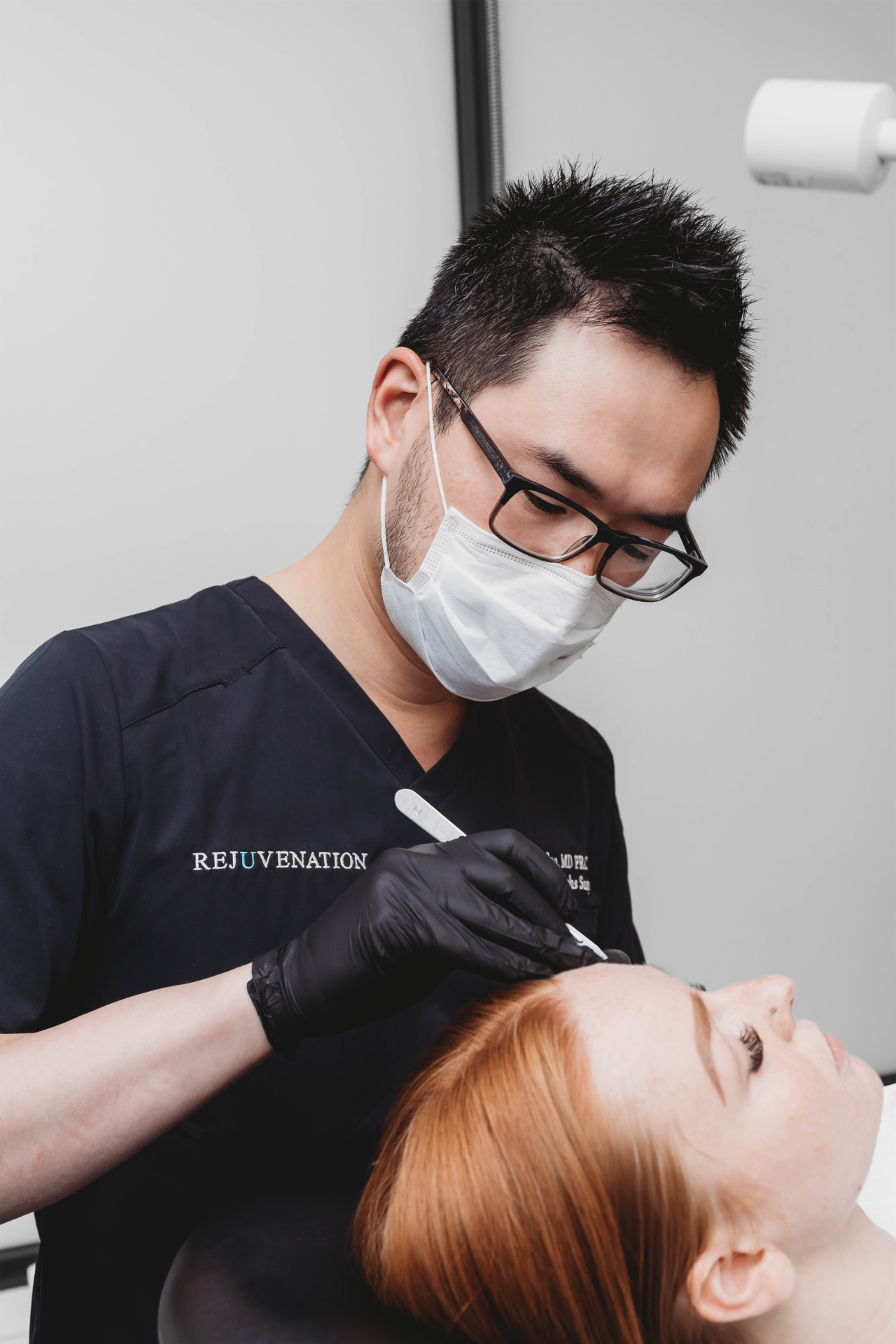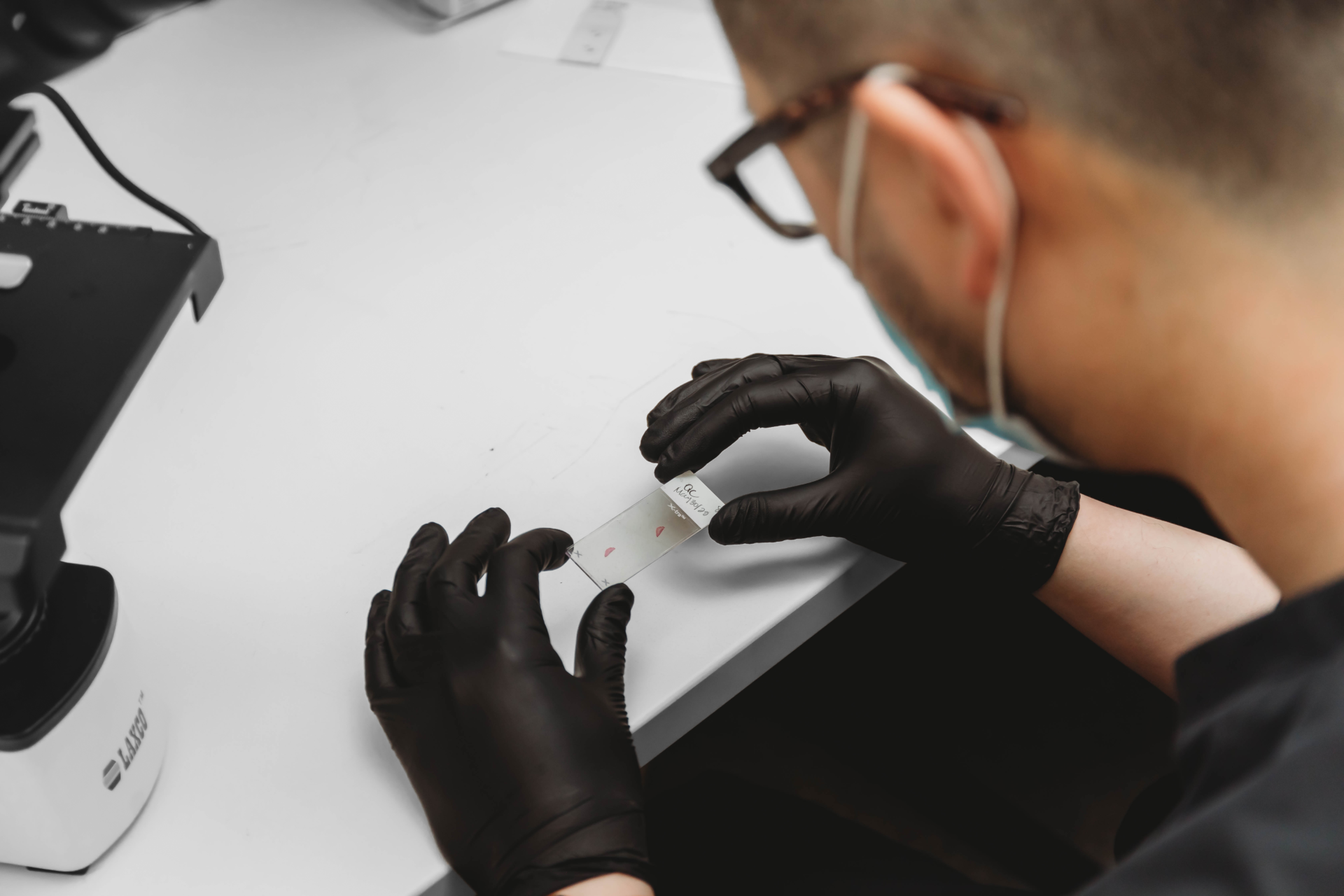Benefits
Five primary benefits of Mohs Surgery for treating skin cancer.
Better odds of complete removal
Because your surgeon checks for the presence of cancer cells as each layer is removed, there’s a good chance that all traces of cancer can be detected and removed.
Improved cosmetic outcomes
Unlike traditional cancer detection and treatment methods , this is a precise removal technique. It provides immediate tissue analysis and means your surgeon can remove less skin and minimize scarring.
It’s quick
Usually performed in your doctor’s office, the procedure is reasonably brief. Although you will need to wait for lab results as each layer is removed, the procedure typically only lasts between two to four hours.
It’s virtually painless
Your surgeon will likely inject an anesthetic to numb the area being treated.But most patients report little, to no, pain during or after the procedure.
High cure rates and success
The cure rate varies based on the type of tumor treated.As an example, for Basal Cell Carcinoma – the most common form of skin cancer – has cure rates that are typically around 95%.
Treating Skin Cancer
Types of skin cancer
Three of the most common forms of skin cancer are Basal Cell Carcinoma, Squamous Skin Cell Carcinoma and Melanoma.The push is still on to find a cure for cancer, but there are effective treatments for Basal and Squamous Skin Cell Carcinoma, and even for early-stage Melanoma, the most serious type of skin cancer. You have the option to use either traditional cancer removal treatments or Mohs Micrographic Surgery.. Here’s the difference.
How traditional treatment works
The most common and accessible treatment for skin cancer is wide local excision. . In this method, the surgeon identifies the tumor’s border, and then adds a margin, to ensure the entire tumor is removed and to optimize the cure rate. After the tumor is removed, it’s sent to a pathology lab for analysis. Confirmation that the tumor was completely removed could take several weeks.
The Mohs Surgery difference
Mohs Micrographic Surgery is a precise surgical procedure that offers immediate results. Thin layers of skin around the spot are removed one at a time and immediately analyzed to determine whether the tissue is cancerous. The surgeon will continue to remove layers for examination in the lab until no cancer cells are detected.

Northern Ontario: Get help to cover costs for your Mohs surgery
Northern Ontario residents who need to travel long distances to access medical specialist services are eligible for the Northern Health Travel Grant. This program offers coverage for most travel and accommodation expenses.
Learn More About the ProgramAvailable Clinic Locations
Your Mohs Micrographic Surgeons
Dr. Danny Guo
Read Dr. Danny Guo's BioSpeak to your doctor to get a referral.
Your Mohs Micrographic Surgeons
Dr. Linda Xing
Read Dr. Linda Xing's BioSpeak to your doctor to get a referral.



